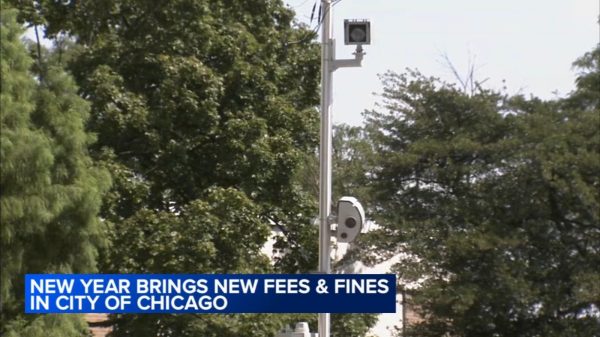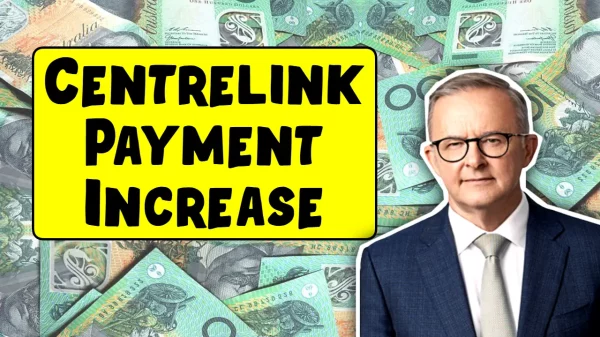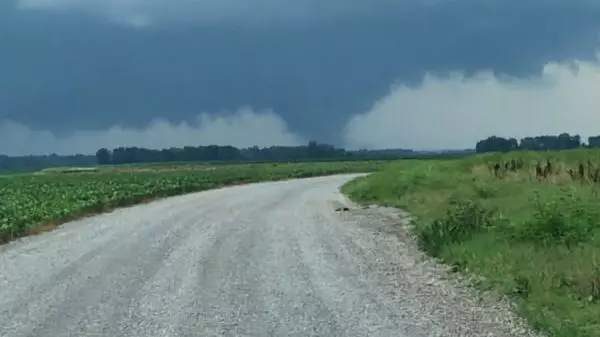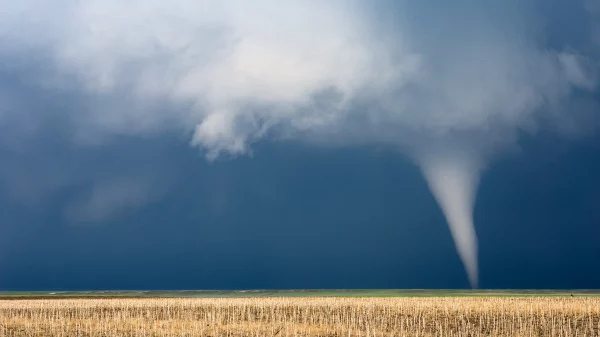The average gas price in Cass County has fallen below $3.00 for the first time since late 2021, which has pleased drivers.
As she filled up at Speedway on East Market Street, Logansport resident Ashley Skaggs said, “I’m really happy about it; they were getting bad for a while.” “It’s better, but not that this is good for my budget.”
The state’s gas prices have dropped significantly below the national average during the last two months. Indiana’s average gas price is $2.78 and steadily declining, compared to the national average of $3.08. The state’s highest average gas price was $5.23 in June 2022, while the national average was $4.91 at that same time.
Indiana currently has the 15th lowest gas price among the 50 states. Indiana came in at number 41 in June 2022.
The average gas price in Cass County, according to the American Automobile Association, is $2.968. According to gasbuddy.com, gas at some Cass County gas stations, including Speedway and Casey’s on Market St., is $2.89.
The average cost of the surrounding counties varies as well: Pulaski County is $3.026; Fulton County is $2.960; Carroll County is $3.105; and Miami County is $2.792.
The average gallon price has decreased for 12 weeks running across the country. Experts cite a seasonal decrease in demand, a recent drop in oil prices, and a slowdown in inflation.
Drivers save almost $3.8 million for every penny that the national average declines, according to Patrick De Haan, head of petroleum analysis at GasBuddy. “We’re talking about Americans who are spending hundreds of millions less on gasoline today than they were a year ago, if you multiply that by 30 cents.”
Why is there a decrease in prices?
The current gas price decline can be attributed to a number of factors, one of which is seasonality. Put another way, this time of year usually always sees a decrease in gas prices.
First, winter blend gasoline is now used instead of summer blend, as noted by AAA spokesperson Andrew Gross. Shorter days also make driving less appealing during the winter, even though there may be occasional increases during the holidays.
“People just want to stay home because it’s dark and the weather is kind of crappy,” Gross remarked. “There is much less demand in the fall and winter.”
In addition to the seasonal cycle, De Haan noted that although inflation is lower than it was a year ago, it is still high and continues to negatively impact Americans’ spending patterns. This could potentially be a factor in the current decline in demand.
Aside from demand, analysts also mention falling oil prices. Crude oil, the primary component of gasoline, has a significant impact on pump prices. The benchmark for the United States, West Texas Intermediate crude, has been trading in the high-to-mid $70s for the last three weeks. As of Tuesday afternoon, it was trading at roughly $76 per barrel, down from more than $82 a month earlier.
Since oil is a worldwide good, domestic events that affect supply and production, like the conflict in Russia and Ukraine, have an impact.
According to De Haan, there has also been a noticeable increase in American production, which is “helping to keep a lid on prices.”
American oil production reached a record high of 13.2 million barrels per day at the beginning of October, surpassing the previous record set in early 2020 by 100,000 barrels. Based on the most recent data provided by the government through the week of November 17, average production has stayed at that level ever since.
Is there a possible price spike in the foreseeable future?
Though it’s anticipated that the declining trend in gas prices will last at least through the New Year, anything can happen. Experts speculate that major producing OPEC+ nations may make additional cuts, which would raise energy prices as they have in the past.
Notably, Saudi Arabia and Russia decided to prolong their voluntary reductions in oil production until the end of the year, which will remove 1.3 million barrels of crude from the world market. It has been suggested by some that OPEC+ may declare additional cuts at its next meeting, which was moved up to this Thursday.
However, De Haan noted that it will be interesting to observe, as the postponement of the meeting suggests that there might be conflicts within OPEC+. It’s difficult to forecast the effects of a surprise announcement, but Gross noted that they might also be minor or fleeting if the market is already bracing for more cuts.
The Israel-Hamas conflict is another aspect of the current world order. The outbreak of violence initially slowed the decline in oil prices, but Gross noted that this gradually changed and that the conflict has not spread to major Middle Eastern oil-producing nations. The future is still unknown, though.
The factors that cause a price hike may vary, including:
- Inflation
- Supply and demand dynamics
- Geopolitical tensions
- Changes in government policies
- Refinery outages
- Disruptions in natural gas production and fuel supply due to severe weather, such as hurricanes
- Heat waves

















































